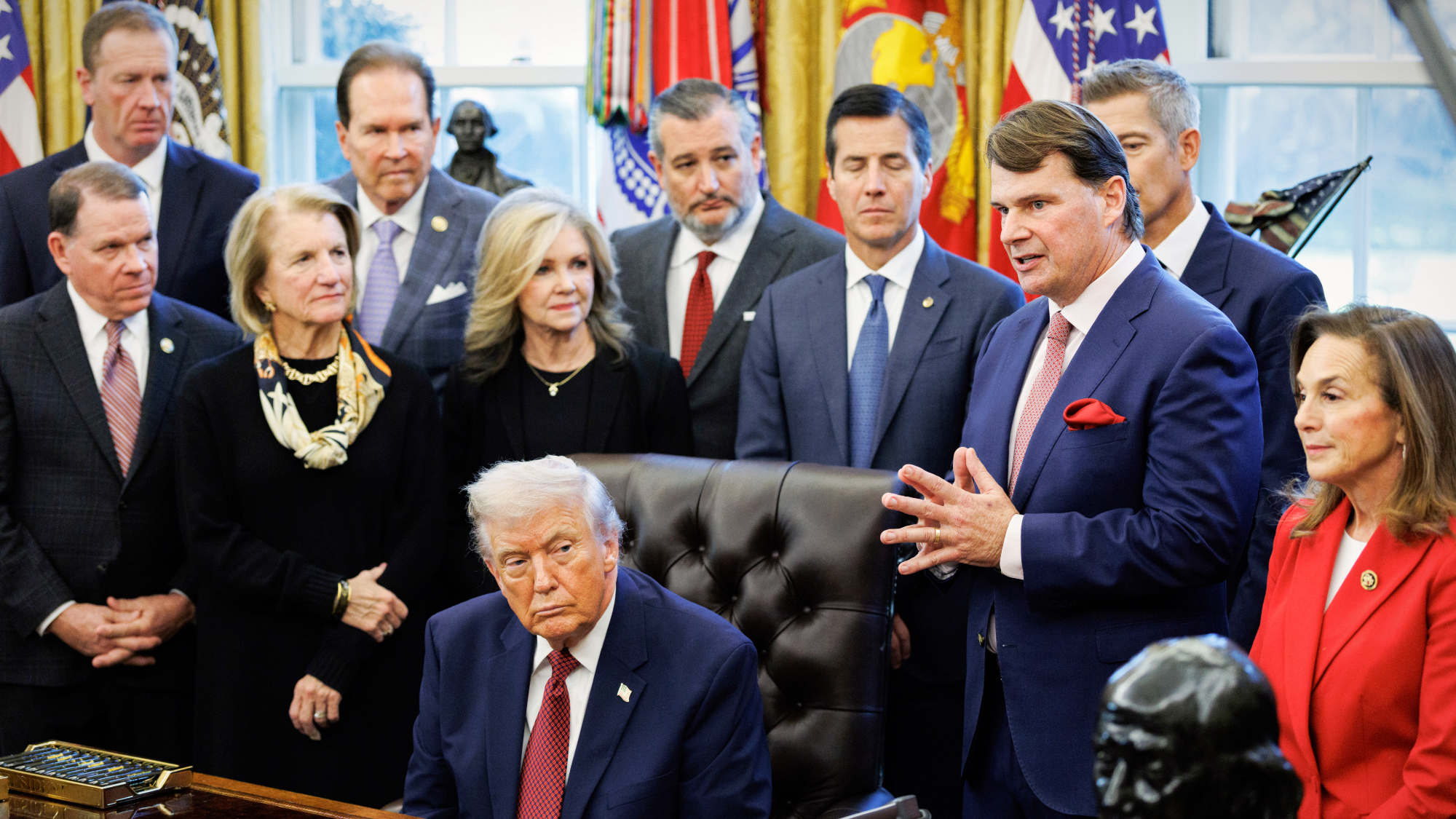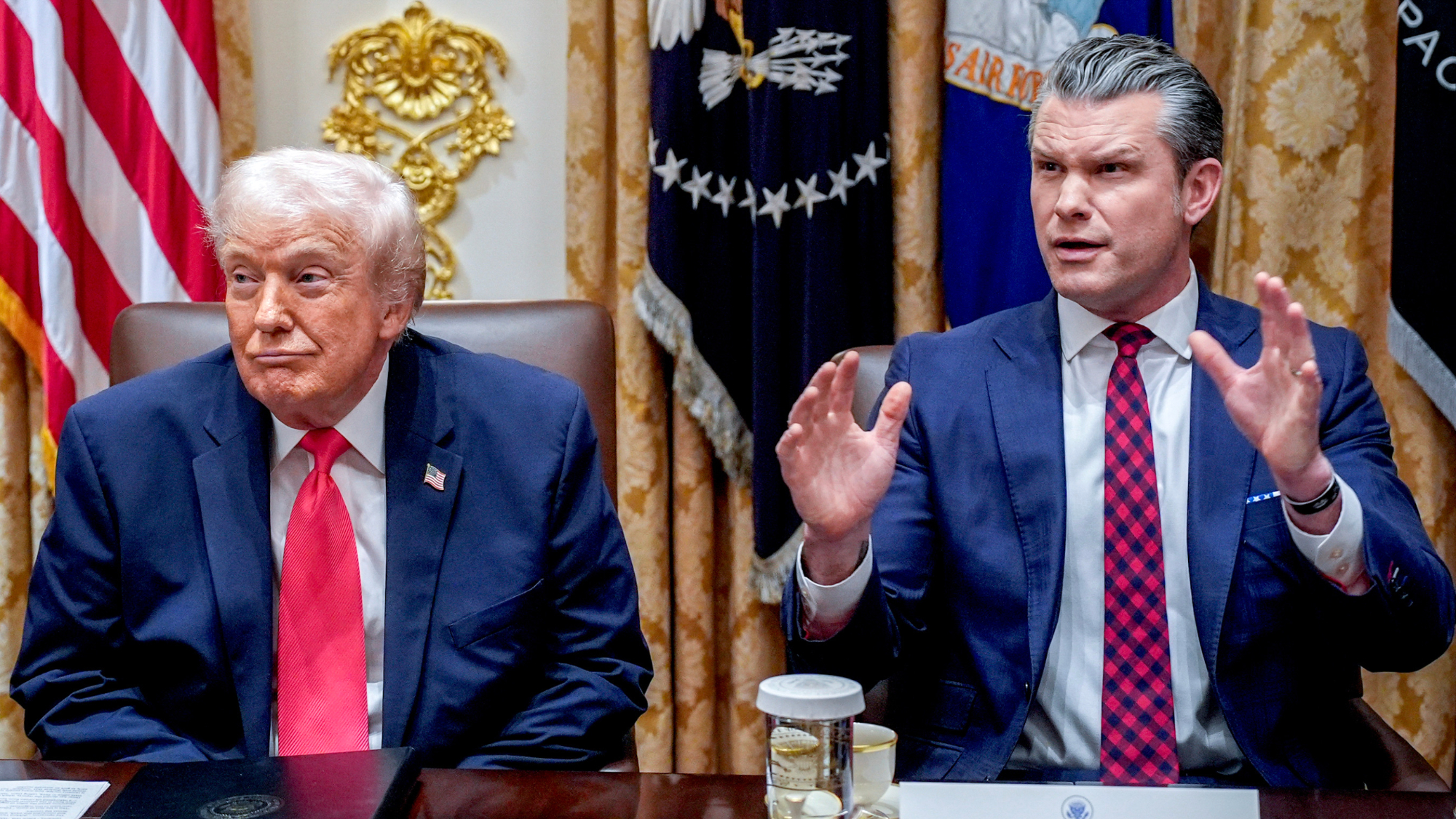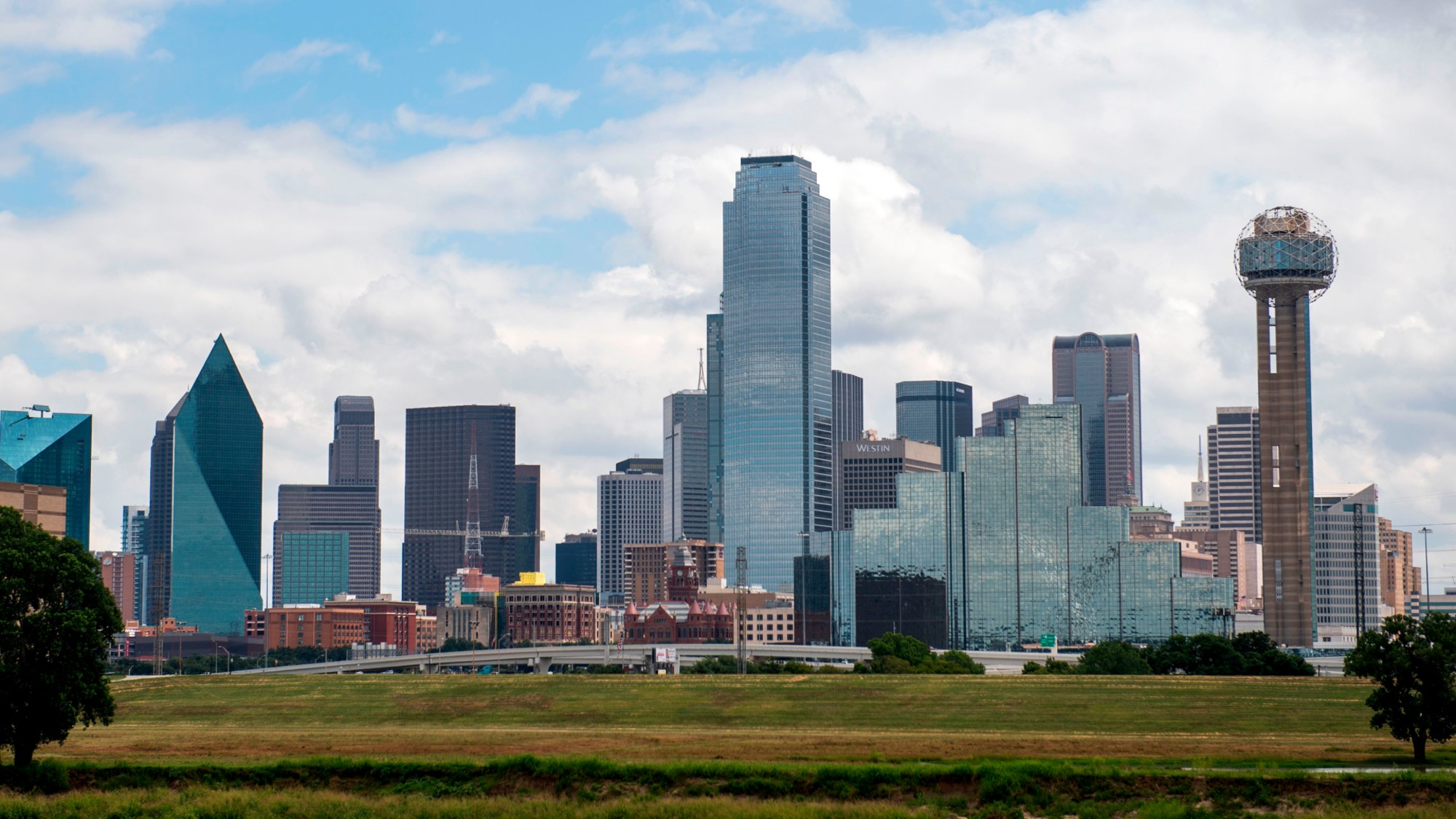The road ahead for Afghanistan
Tribal leaders are holding a traditional meeting called a loya jirga to pick a new government for Afghanistan. Are the Afghan people on their way to peace and prosperity?
What is a loya jirgaz?
The term means “grand council” in Pashtu, the language of Afghanistan’s largest ethnic group. Since the 18th century, tribal leaders have gathered from time to time in these assemblies to settle disputes and to decide on issues of national importance. The first modern loya jirga was held in the early 1700s, when Afghanistan took the initial step toward independence by breaking away from the Persian Safavid dynasty. In 1724, Pashtun tribal leaders met in Kandahar and chose a king, Ahmad Shah Durrani, who founded the state of Afghanistan. In 1924, delegates at another loya jirga adopted the country’s first constitution.
Has this one gone smoothly?
The Week
Escape your echo chamber. Get the facts behind the news, plus analysis from multiple perspectives.

Sign up for The Week's Free Newsletters
From our morning news briefing to a weekly Good News Newsletter, get the best of The Week delivered directly to your inbox.
From our morning news briefing to a weekly Good News Newsletter, get the best of The Week delivered directly to your inbox.
Not entirely. A 21-member commission handpicked by the United Nations to monitor the process says that powerful warlords are trying to control the outcome. The warlords, the commission has been told, used threats and intimidation to ensure that their supporters were chosen to attend eight regional councils, where the 1,551 delegates to the loya jirga were selected. There has also been violence—at least one delegate has been murdered. Members of the monitoring commission suspect some warlords are deliberately trying to destabilize the interim regime and disrupt the council.
What will the loya jirga do?
The delegates will choose a new government, along with a commission that will draft a new constitution. The government will serve for 18 months and prepare the country for elections. The delegates might even pick a parliament. “We have only one chance to get it right,” said Abdullah Abdullah, Afghanistan’s foreign minister. Once the constitution is drafted, a new loya jirga will be called to ratify it. Observers expect Hamid Karzai, the acting prime minister, to be kept on to head the new government.
Then what?
A free daily email with the biggest news stories of the day – and the best features from TheWeek.com
The government will have the very difficult task of sewing the tattered fragments of Afghanistan into something resembling a nation. Six decades of war and the recent, ruthless rule of the Taliban have left much of the country in ruins, and with more weapons than food. Six million of the country’s 27 million inhabitants depend on foreign food aid to survive. Local warlords still rule most of the country; the 4,600-member International Security Assistance Force is only authorized to patrol the capital, Kabul. The first 500 recruits in the new Afghan army—scheduled to grow to 80,000 soldiers—began training with members of the U.S. Special Forces last month, but it could take years for the national force to get on its feet.
Can the country wait that long?
It will have to. In the meantime, diplomats and aid workers say warlords will enjoy unchecked control of outlying cities and the countryside, leaving the government with little power beyond the Kabul city limits. Ismail Khan, for example, is the self-appointed ruler of the region surrounding Herat, a city 75 miles from the Iranian border. The U.S. has accused Gen. Khan of looking the other way while al Qaida and Taliban fighters slipped through his territory into Iran. Khan also maintains his own 30,000-man army, which he refuses to merge with the national army, and he pays his bills with taxes collected on goods crossing the border. He gives exactly zero of these tax revenues to the government in Kabul.
Does Kabul need the money?
Desperately. Foreign nations have promised $4.5 billion in aid over the next two years to help rebuild the country, but the money is only trickling in. The U.S. has so far sent $300 million. Once the Afghan people are fed, the greatest priority is rebuilding the nation’s roads. That will take at least $1.2 billion, since 95 percent of Afghanistan’s 30,000 miles of highway have been destroyed or severely damaged by warfare or neglect. “On the one hand, the international community expects us to do things, and on the other they delay the assistance they have promised,” says Abdul Khaliq Fazal, the public works minister. “We cannot work miracles.”
What about ethnic tensions?
Tribal rivalries promise to make every step tricky for the government. Leaders from the country’s largest ethnic group, the Pashtuns, complain that Tajik leaders of the former Northern Alliance and its political arm, Jamiat-i-Islami, gained a near monopoly on political power because of their role in toppling the Taliban regime. “It’s America that has imposed Jamiat on us,” one Afghan told The Nation. “These people, a small party in jihad times, are now holding all the key positions.” Although Karzai is a Pashtun, Tajiks from the northern Panjshir valley—Defense Minister Mohammed Fahim, Interior Minister Yunus Qanooni, and Foreign Minister Abdullah—hold the three most influential positions in his Cabinet.
What do Tajiks think?
Former president Burhanuddin Rabbani, a Tajik who ruled from 1992 to 1996, says it is the Pashtuns who wield too much influence. Karzai is a Pashtun and so is former king Mohammad Zahir Shah, who returned from exile to preside over the loya jirga. Tajiks represent 25 percent of the country’s population, and Pashtuns 38 percent. Somehow, the loya jirga must create a government that can act decisively while sharing power among members of all of the country’s ethnic minorities.
Life in the ruins
A local leader named Javeed was among the first to return to the central Afghan village of Anbar Somuch, 18 months after the Taliban forced 156 families out of their homes. Everything in the dusty warren of mud-brick houses had been destroyed. The minaret of the local mosque had been toppled, the market’s 150 shops had been burned and looted, and someone had stolen the pump for the village’s only well. “We have nothing,” Javeed (who, like many Afghans, uses only one name) told USA Today. “Nothing.” Five million refugees fled the country when the Taliban were in power, and they are returning home to find their villages in ruins. The U.N. estimates that 9 million Afghans do not get enough food to stave off malnutrition. A three-year drought has killed the few crops that survived years of war and neglect. Most people live like a 30-year-old former farm laborer named Abdullah, who has no work, no seeds to plant, and no money to buy food. On the day a USA Today reporter came through Anbar Somuch, Abdullah’s wife cooked a soup of boiled grass. Her stove was fueled by dried animal dung. “This is not a proper life for human beings,” she said.
-
 Trump boosts gas cars in fuel economy rollback
Trump boosts gas cars in fuel economy rollbackspeed read Watering down fuel efficiency standards is another blow to former President Biden’s effort to boost electric vehicles
-
 Hegseth’s Signal chat put troops in peril, probe finds
Hegseth’s Signal chat put troops in peril, probe findsSpeed Read The defense secretary risked the lives of military personnel and violated Pentagon rules, says new report
-
 Texas is trying to become America’s next financial hub
Texas is trying to become America’s next financial hubIn the Spotlight The Lone Star State could soon have three major stock exchanges
-
 Has Zohran Mamdani shown the Democrats how to win again?
Has Zohran Mamdani shown the Democrats how to win again?Today’s Big Question New York City mayoral election touted as victory for left-wing populists but moderate centrist wins elsewhere present more complex path for Democratic Party
-
 Millions turn out for anti-Trump ‘No Kings’ rallies
Millions turn out for anti-Trump ‘No Kings’ ralliesSpeed Read An estimated 7 million people participated, 2 million more than at the first ‘No Kings’ protest in June
-
 Ghislaine Maxwell: angling for a Trump pardon
Ghislaine Maxwell: angling for a Trump pardonTalking Point Convicted sex trafficker's testimony could shed new light on president's links to Jeffrey Epstein
-
 The last words and final moments of 40 presidents
The last words and final moments of 40 presidentsThe Explainer Some are eloquent quotes worthy of the holders of the highest office in the nation, and others... aren't
-
 The JFK files: the truth at last?
The JFK files: the truth at last?In The Spotlight More than 64,000 previously classified documents relating the 1963 assassination of John F. Kennedy have been released by the Trump administration
-
 'Seriously, not literally': how should the world take Donald Trump?
'Seriously, not literally': how should the world take Donald Trump?Today's big question White House rhetoric and reality look likely to become increasingly blurred
-
 Will Trump's 'madman' strategy pay off?
Will Trump's 'madman' strategy pay off?Today's Big Question Incoming US president likes to seem unpredictable but, this time round, world leaders could be wise to his playbook
-
 Democrats vs. Republicans: who are US billionaires backing?
Democrats vs. Republicans: who are US billionaires backing?The Explainer Younger tech titans join 'boys' club throwing money and support' behind President Trump, while older plutocrats quietly rebuke new administration